Ceramic and tiles shouldn’t be selected just on the basis of their type, patterns, hues, or aesthetic appeal. The technical characteristics of the ceramic tiles include disadvantages and advantages power to endure ice and snow as well as filth and water, which should also be taken into consideration.
You cannot afford to ignore these factors because the tiles you place will see continual use. A certain type of ceramic tile has a unique set of attributes for a particular kind of job. Despite tiles’ recent rise in popularity for their extensive range in design, color, quality, and features, the general public is still unaware of the different structural types of tiles.
This is despite the fact that tiles have a long history. As a result of this, it is possible to choose the appropriate tile for a variety of applications, one whose structure is compatible with its function, and consequently, make a significant purchase as a result of this.

Ceramic tiles types
Ceramics and tiles have been used to build cities and houses from the beginning of time. There are still remnants of this construction in ancient cities. Ceramic tiles are less expensive than natural stone, yet they are just as beautiful and durable over the long run as the more expensive stone.
Every ceramic and tile has its look, feel utility, and gloss. To choose the best tile or ceramic, you must understand the differences between models. Porcelain and ceramic tiles are separated based on the materials they’re made of.
- Chinese tiles: Porcelain is made from fine earth sand, while ceramic tiles are made from quartz, clay, and feldspar. Unglazed porcelain tiles, like glazed ceramic tiles, are dense and durable. Porcelain has fewer flaws than ceramic. Porcelain is more water-resistant than ceramic. Porcelain is denser and more durable than ceramics. This type is appropriate for low- and high-traffic locations.
- Non-Chinese (ceramic) tiles: Because of their high porosity, non-porcelain ceramic tiles are typically covered with a glaze, which also determines the final color, design, and texture of the tile. These tiles are only suitable for low-traffic areas because they are less resistant. Furthermore, ceramic is only suitable for indoor applications as it absorbs a lot of water and cannot last in outdoor environments.
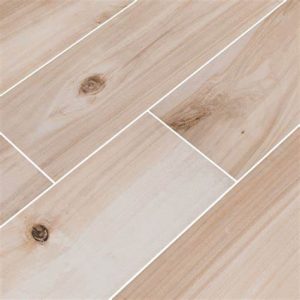
Disadvantages of ceramic tiles
Ceramic and have been used in homes for generations. Ceramic tiles are easy to maintain and come in many styles, but they also have numerous disadvantages. Ceramic’s density makes it difficult to heat or cool. Many homeowners pick an area rug over ceramic tile for barefoot comfort. Ceramic tiles retain heat, making them harder to cool in hot locations.
Many like ceramic’s hardness, yet it has a downside. Heavy objects dropped on other floors may not break, but dropping them on ceramic can shatter them. Ceramic flooring is brittle and more likely to crack when objects are dropped on them. Porcelain is difficult to stand on and may need a mat or pad.
Ceramic may last the life of your house, but home design trends come and go. Once the ceramic is put, removing it requires a difficult and expensive restoration project. The same goes for broken tiles. Ceramic in wet places must be caulked because the caulk used to seal the gap between ceramic and other construction materials may need to be replenished due to age or cracking.
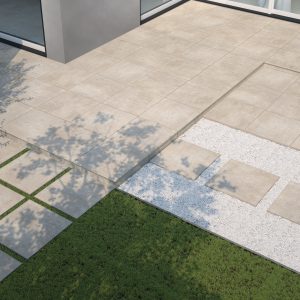
Ceramic tiles use
Because ceramic and tiles are some of the most aesthetically pleasing and long-lasting tiles available, they are an excellent choice use for any area or location. Ceramic tiles may be found all over the world. Ceramic tiles, which are currently seeing a surge in popularity, are also used widely.
Clay and water are the primary components in the production of ceramic tiles, which are known for their organic appearance. The glaze is applied to the surface from the outside in order to smooth out the roughness.
Ceramic tiles are typically less expensive than other types of tiles, and they are available in a diverse range of quality and finishes, from the most fundamental to the most sophisticated. Ceramic tiles, just like any other kind of tile, each have individual qualities that set them apart. It is a good idea to gather some fundamental information about tiles before making a final decision about them.
Ceramic tiles can be used on interior and exterior walls. Because they don’t absorb heat, they can be used to create patterns or swiftly change an interior wall’s color, or chill an external wall. This helps when it’s hot. Ceramic tiles are great for kitchen countertops because they are water and stain resistant and easy to clean. These tiles are chip-prone, so be careful.
Ceramic tiles are affordable and come in a variety of colors and designs, making them popular for patios. Water resistance makes them more durable in humid climates, although water accumulation must be avoided.

Porcelain floor tiles
Due to the special qualities of tiles and porcelain that is used for floor including impermeability, robustness, and durability, porcelain ceramics are among the most useful and well-liked ceramics on the market. These ceramic replicas, commonly referred to as synthetic stones, are among the highest-quality items available.
This product has a glassy quality and little porosity because it is baked and produced at a very high conversion rate. The bending strength of porcelain ceramics is significantly higher than that of other ceramics. It has a bending strength that is between two and three times higher than that of industrial stones.
Ceramics that are constructed of porcelain are watertight and only take in a little amount of moisture through absorption. They are only absorbed in a fraction of one-tenth of one percent of all cases. Because of how poorly they permeate, ice cannot penetrate them from the inside.
Because of the exceptionally high surface hardness of the material, porcelain ceramic does not show any signs of scratching. Ceramics made of porcelain are known for their superior color stability even when exposed to bright sunlight.
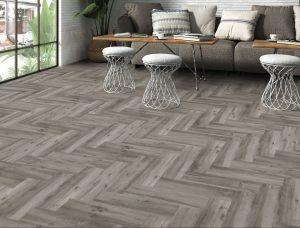
Ceramic tiles price
Ceramic, tiles are always a vital component of a structure, and although there are many factors to take into account during the selection process, the price of ceramic and tiles is one that influences every one of those factors. As was said before, the price of ceramic tiles is inextricably tied to the construction and cement industries.
As a consequence, fluctuations in the price of ceramic tiles may take place. Even though there hasn’t been much activity in the building business in recent years, prices for things like ceramic tiles, cement, and mobile construction materials have all increased over the past few years. This is despite the fact that construction hasn’t been very active in recent years.
Because wall tiles typically have more designs, colors, and intricate details than floor tiles, the price of wall tiles tends to be more. Because it can accommodate more intricate designs and a greater variety of color options, this kind of tile is not as durable as floor tiles.
Another factor that contributes to the overall cost of ceramic tiles is the kind of tile as well as the raw materials that are utilized in its production. When making ceramic tiles, a wide variety of materials, including soil, metals, glass, plastic, and recycled materials, are utilized.
Tiles made from recycled materials have a lower production cost than those made from minerals since the raw materials for creating recycled tiles are more readily available. Glass tiles, which are among the most expensive types of tile, can be utilized to create stunning and one-of-a-kind patterns in interior design. These patterns can be achieved through the use of glass tiles.

Ceramic tiles characteristics
Ceramic, tiles are commonly utilized flooring material for numerous types of buildings such as residential, commerce, al or public buildings. Ceramic tiles come with a variety of characteristics that make them frequently utilized flooring material for different buildings. Ceramic tiles are available in different designs, colors, and finishes which can be used to create distinctive walls and floor designs.

There are a variety of floor coverings available, some of which are easier to maintain a clean appearance than ceramic tiles. In addition to this, the amount of time they need to spend maintaining it is minimal. The routine cleaning with common household items has allowed these tiles to maintain their good state.

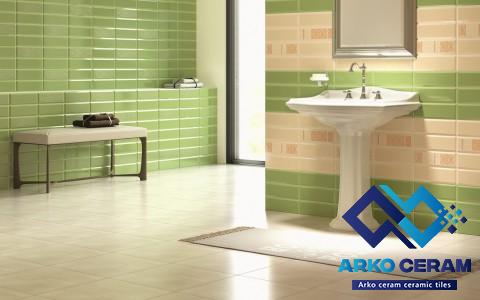
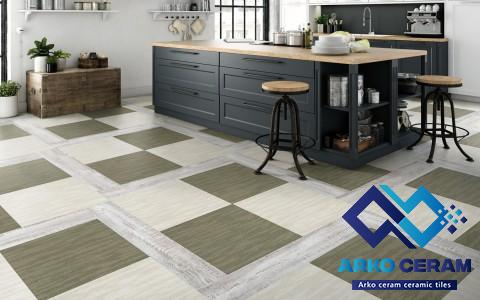
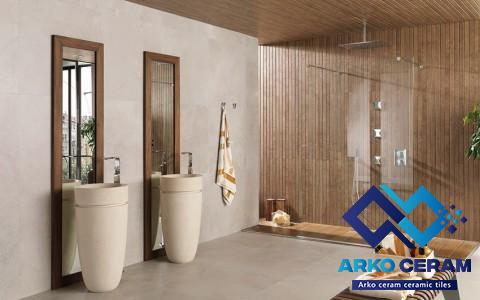




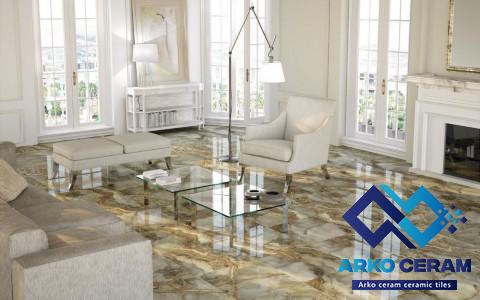
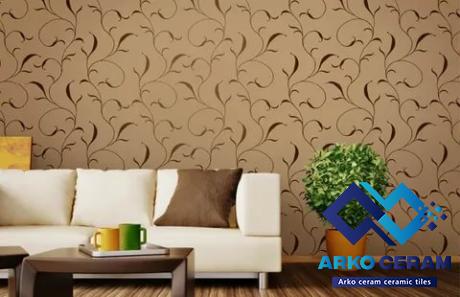
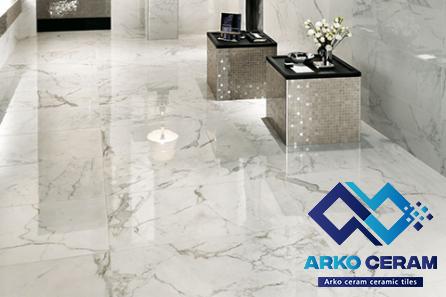
Your comment submitted.